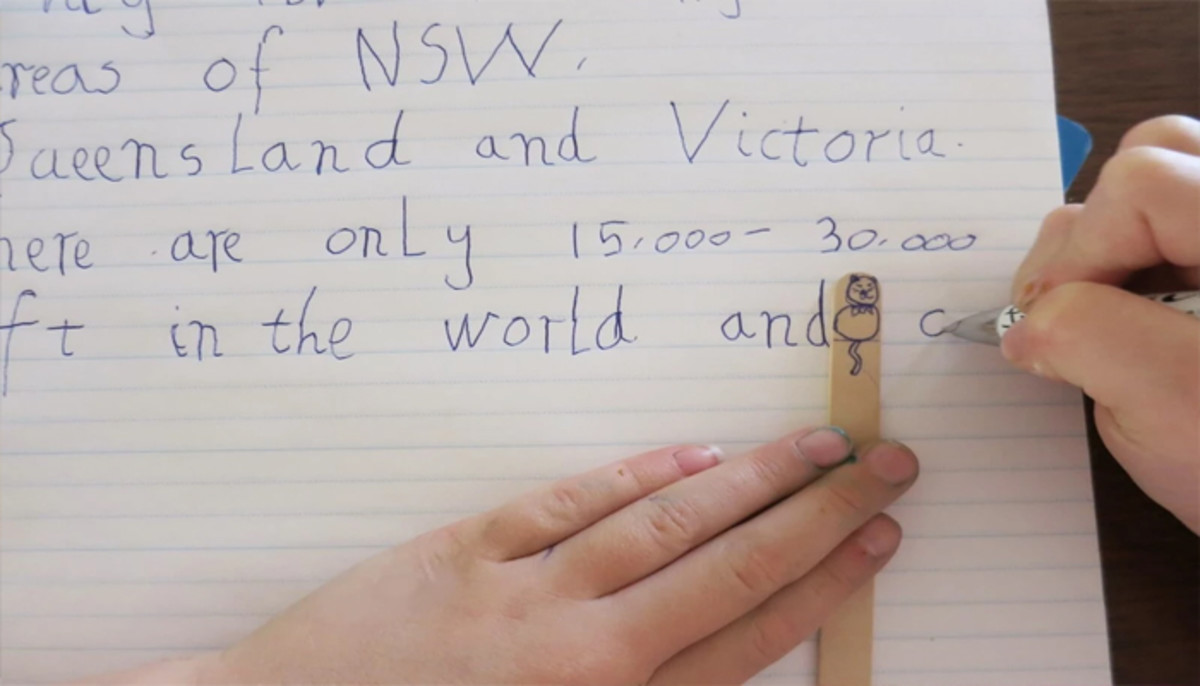Effective Reading Techniques to Boost Reading Comprehension

The Importance of Reading Comprehension
There is a delicate balance in reading between the ability to decode words and the ability to comprehend what is read. Comprehension is critical to reading success, so it is essential that children are monitored carefully in this area. It is also important that they have adequate instruction and practice applying these skills in reading. If children are struggling with difficult texts, the laborious task of decoding words leaves little room for the deeper thinking that needs to occur when reading.
To support comprehension children should seek out just right books. This means that the material they read is at an appropriate level for them and the number of difficult words they encounter is controlled. For younger children, that are not yet reading, comprehension can be developed and monitored during read aloud sessions. Reading to children frees them up to concentrate on understanding the meaning of a story. It allows them to focus on comprehension strategies i.e. asking questions, summarizing, make connections/predictions, and forming opinions, etc. It presents children with opportunity to practice the thinking that good readers do and continues to be important even once children are reading independently. It is recommended that books be read aloud that are slightly more difficult than children could read on their own. This offers opportunity for valuable discussions that promote complex thinking, and help develop comprehension and vocabulary skills. The following Techniques for Comprehension give examples that parents and educators can observe in children to monitor and support reading comprehension development.
Techniques for Comprehension
Techniques
| Good Comprehension
| Poor Comprehension
|
|---|---|---|
Learning to Retell a Story
| Children will give an objective outline of the text. They will provide the main idea and answer basic questions in a logical sequence of ideas.
| Children will begin with a lot of detail and get very specific about the beginning of the story or a small part of it. The main ideas of the story are not given.
|
Providing Quality Answers
| When talking about the story children will refer to specific examples to support their answers and comments.
| Children do not use examples to explain and are brief with their answers.
|
Building Confidence
| Children are able to confidently express their knowledge in discussion.
| Their discussion is limited and they require lots of prompting to express ideas.
|
Sharing Emotional Responses
| Children show an emotional response to the story and share their opinions with interest.
| There is a detachment or evasiveness about the story with no emotional response.
|
Making Connections
| Children will make connections to personal knowledge and experiences that relate to what they are reading.
| Children do not make connections and share knowledge or experiences that support their understanding of the story.
|
Using a Variety of Comprehension Strategies
| In discussion children make predictions, ask questions, and make inferences about the story.
| Children do not ask questions that show they are thinking about the story. Their answers are limited about what is happening in the story or what is going to happen.
|
Comprehension Strategies
There are several strateties i.e. questioning, making connections, predicting, inferring, determining importance, synthesizing and visualizing that all play an important role in comprehension development. When working with children it is important to help them identify and practice using these comprehension strategies in their reading. For instance, when an author is providing a lot of description in a story it is beneficial to visualize in order to create a picture. When children determine important points in a reading they naturally gain greater insight into the purpose and message, and when they synthesize information they are able to give an overview of what is important. Encouraging children to ask questions helps them to think critically, and by making connections they learn to empathize with situations and characters in the story. Finally, when children make predictions and infer what is going on they discover how to express their opinions and read between the lines. All of these comprehension strategies are important for children to learn and use independently in their reading.
In Summary
It is important to remember that the level of discussion you will have with children is going to depend a lot on age and maturity. The above techniques, however, will help to identify areas of comprehension that require further development. Some children will need a lot more support and encouragement to express their knowledge, so it is helpful to prompt and give examples to assist them. For instance, children may need guidance providing examples from the story to support their ideas and opinions. In addition, all children will benefit from assistance that facilitates their ability to make inferences and extend their thinking on a topic. With practice, the techniques outlined will help children to develop a deeper understanding of what they are reading and improve comprehension development.
Articles for Reading and Learning
- Assessment for Learning to Helps Kids Succeed
Assessment is an important tool in the learning process,that provides useful information to be used for programming and instruction. See how assessment information is also essential for helping children succeed in learning. - Teach Children to Evaluate Websites and Practice Internet Safety
Teach children to think critically about the information presented to them in websites, and help them to practice discernment and safety online. - Website Articles: A Great Reading Resource for Kids
Discover endless reading resources available on the web for children. Learn about the power of quality texts for developing reading motivation and explore practical tips for maximizing reading sessions with your child. - Five Fun Phonics Games for Children
Make learning phonics fun for children with these five phonics games that are sure to inspire reading. - Teach Reading to Kids with Everyday Texts
Discover how to maximize reading opportunities for children by taking advantage of texts encountered everyday in the world.









